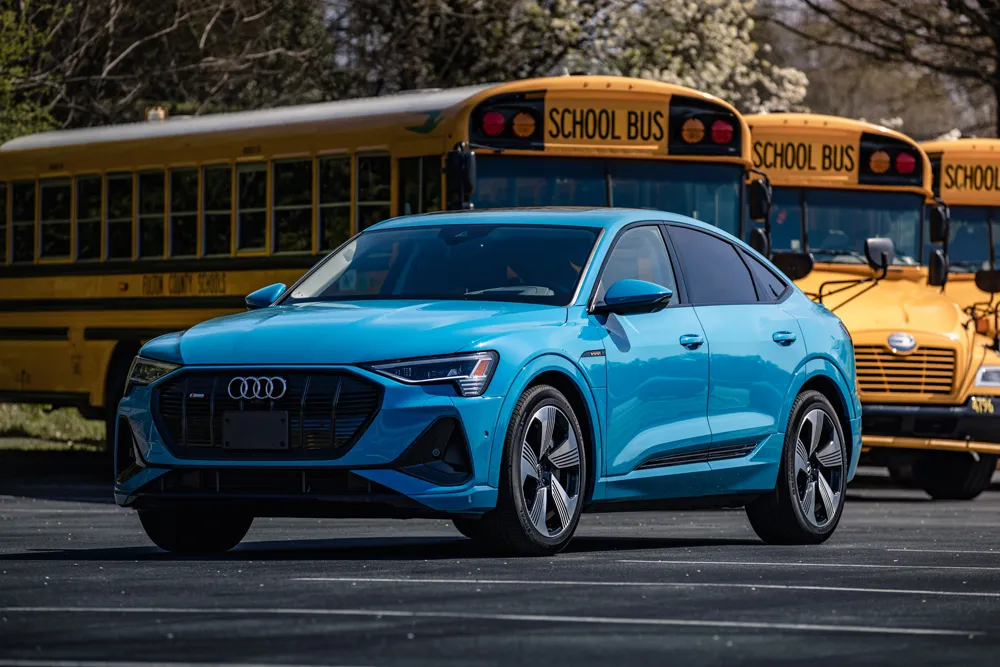
In an outdoor open road demonstration area, visitors will experience first-hand some of the innovations that will power the connected vehicles of the future. Live demonstrations from NXP and Siemens include a number of in-car features designed to protect drivers, passengers and other vulnerable road users.
The car of the future, a concept car from Rinspeed, is equipped with the latest in vehicle-to-vehicle (V2V) technology, giving drivers unparalleled access to information about current road situations. NXP’s V2V communications units ‘talk’ to other vehicles to let drivers know what other traffic is coming around corners, as well as information about the type of vehicle and their speed.
An RFID reader installed in the vehicle also allows drivers to be alerted to the presence of other more vulnerable road users. RFID tags can be easily incorporated into school children’s backpacks or onto bicycles allowing them to be detected by the car, potentially reducing the number of fatal accidents on the road.
While most would agree the connected car is a welcome evolution in the auto industry, linking vehicles to ‘the Internet of Things’ also raises a number of concerns. In a live demonstration NXP will show how its secure element technology can detect and block non-certified messages, such as falsified speed limits, sent from a hacker.










